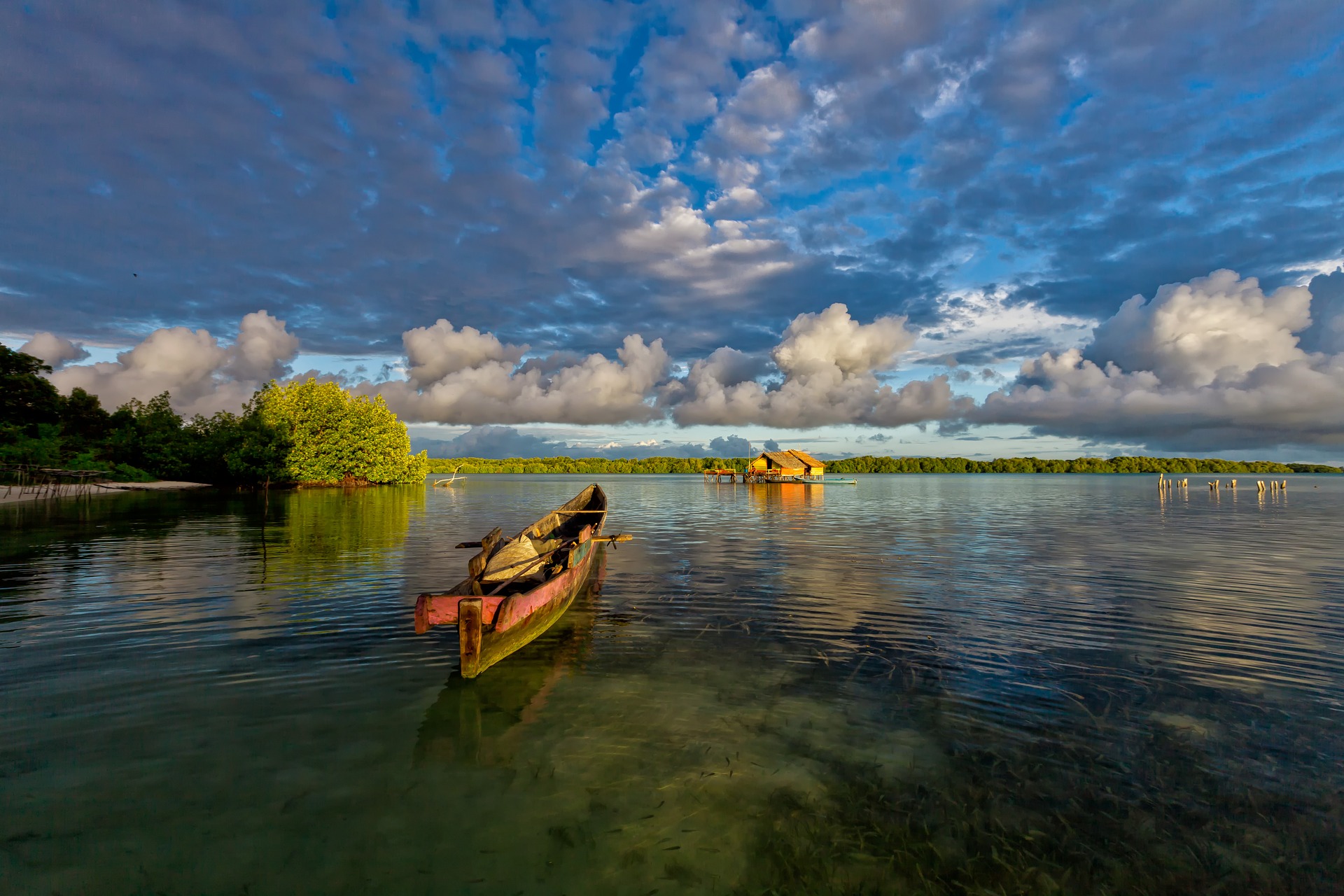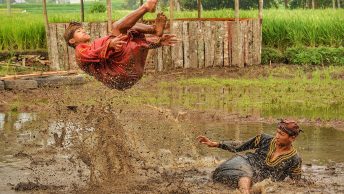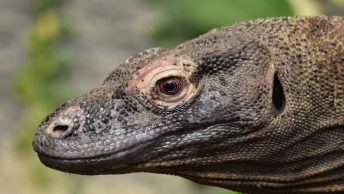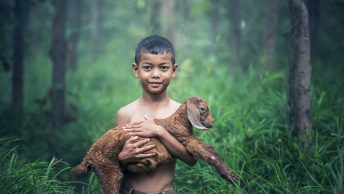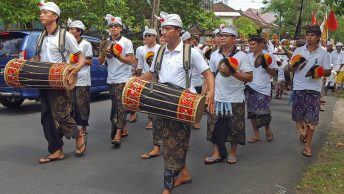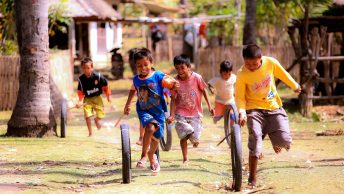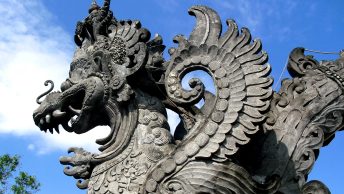Indonesia is often referred to as the world’s largest archipelago. A name that aptly describes the country’s 18,108 islands (figures from the Indonesian Navy’s chart work). Which stretches 5,000 kilometers east from Sabang in North Sumatra to Merauke in Irian Jaya. If you place a map of Indonesia on top of one of Europe, you will see that the archipelago stretches from Ireland to Iran. Compared to the United States, it will cover an area from California to Bermuda.
Eight main islands
There are eight main islands or archipelagos in this vast chain. The largest land mass consists of Sumatra, Java, Kalimantan (Borneo), Sulawesi (Celebes) and Irian Jaya (the western half of Papua New Guinea). The somewhat smaller islands fall into two main groups. The Moluccas in the northeast and the small Sunda Islands that lie east of Bali. The latter is a unique island which, for a number of reasons, can be put in a class of its own.
The capital
Jakarta is the nation’s capital and main port of entry to Indonesia. It is a contrast between modern western architecture and traditional Indonesian culture. In recent years, the city has experienced strong growth and has developed into a metropolis. This growth reflects the economic, political, social and industrial development of the nation. In recent years, facilities adapted to tourists such as luxury hotels, fine restaurants, exciting nightlife and modern shopping centers have been developed and built. In addition to emphasizing tourist attractions such as the lovely miniature version of Indonesia in the park Taman Mini, restored buildings from the colonial era, amusement parks, as well as good development and cleaning of bathing complexes along the coast of Jakarta.
The climate
Indonesia’s climate is definitely tropical. There is no autumn or winter here and a characteristic “dry” and “wet” season divides the year between them. The eastern monsoon from June to September brings with it dry weather. While the west monsoon from December to March brings the rainy season. The transition period between these periods gives a type of weather that is more unstable, it alternates between the two seasons. There is not as much rain in the wet season as one would think. As a rule, it rains for a few hours at night or during the day. Then it’s sunny and nice for the rest of the day. Many people travel down during this period, as the rain gives a refreshing feeling in the constant heat.
Even in the rainy season, the temperature does not drop below 21 degrees. And the daytime temperature is usually around 30 degrees (with a maximum temperature of 33 degrees in lower-lying areas). The higher you go, the colder it gets. The period with the most rain is normally from December to January. The humidity is then normally between 75 and 100 per cent.
Volcanoes and mountains
Mountain lovers will find much to enjoy in Indonesia. A large volcanic chain, Bukit Barisan, stretches the entire length of Sumatra. On the west coast, the mountains drop violently and suddenly into the sea. While in the east they gradually descend towards sea level, in mixed plains in a wide fringe of coastal mangroves. Volcanoes clothed in vegetation rise dramatically from the sea on the islands of Banda, Ternate and Makian. Many of the volcanoes are still active. Constantly fuming and with some rare violent outbursts. Climbing a volcano is not dangerous. For geological stations, they monitor all active volcanoes and issue warnings in case of imminent danger. Mount Merapi in Java is a favorite among volcano climbers – although it is one of the most active in the entire archipelago.
Lakes
Mountain lakes abound in the craters of many passive volcanoes, the most famous of which is Lake Toba in the northern highlands of Sumatra. This mountain lake covers an area four times the size of Singapore. In Kalimantan (the Indonesian part of the island of Borneo), cargo and people are transported by water, up and down the main Mahakam, Barito, Kalhayan and Kapuas rivers. The mountainous island of Flores is famous for its multicolored volcanic lakes, known as Keli Mutu. The three lakes that make up Keli Mutu are in a close group and have a range of colors from deep red to turquoise.
Flora og fauna
The location of the archipelago between two distinct biogeographical groups – Asia and Australia – means that the flora and fauna are also quite distinctive. Species found nowhere else on earth have flourished in some areas, including the famous Komodo dragon on the island of the same name. You will also find plenty of rare flowers, including exotic orchids, unusual insects, stunningly beautiful birds and numerous natural spices such as cloves, nutmeg, cinnamon, nutmeg and many more.
Hundreds of languages
Around 583 languages and dialects are used in the archipelago and each of these normally belongs to different ethnic groups of the population. Some of the local languages are: Achenesian, Batak, Javanese, Sundanese, Balinese, Sasak, Dayak, Minahasa, Toraja, Buginese, Halmahera, Ambonese, and several Irianese languages. To make the picture even more colorful, many of these languages also have several different dialects. The national language of the archipelago is Bahasa Indonesia. Originally, this was the Malay language that was mainly spoken on the Riau Islands, but in order for everyone in the archipelago to understand each other, the language became compulsory learning. Although Bahasa Indonesia has become the common language, local languages and dialects are still used alongside, and these will not be abolished.
Photo credit: https://pixabay.com/photos/lagoon-boat-morning-the-water-shed-2347239/

